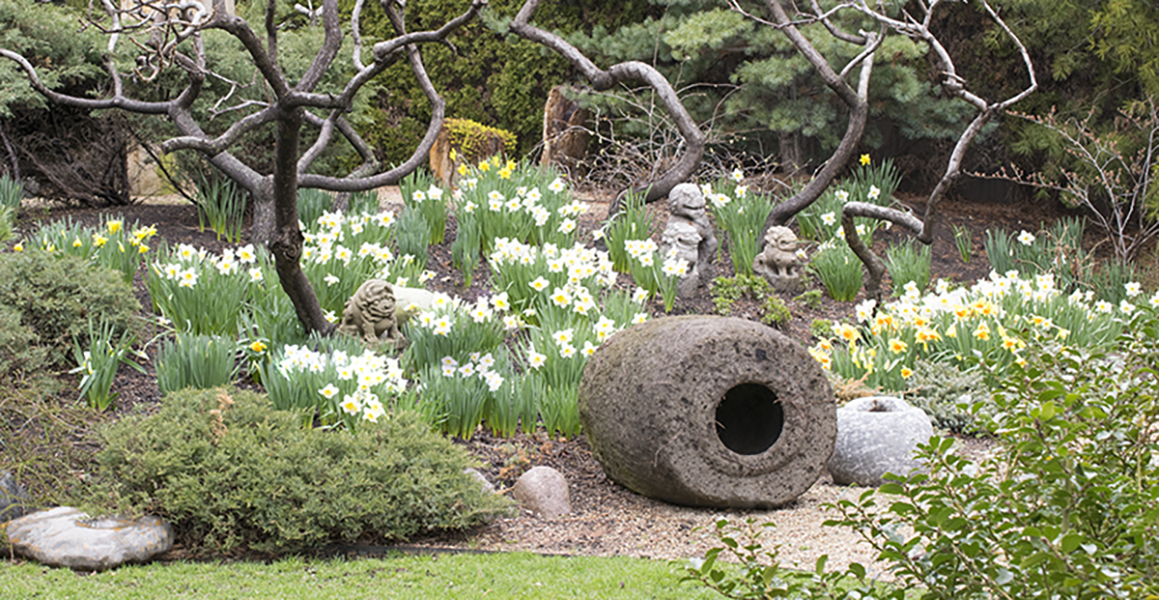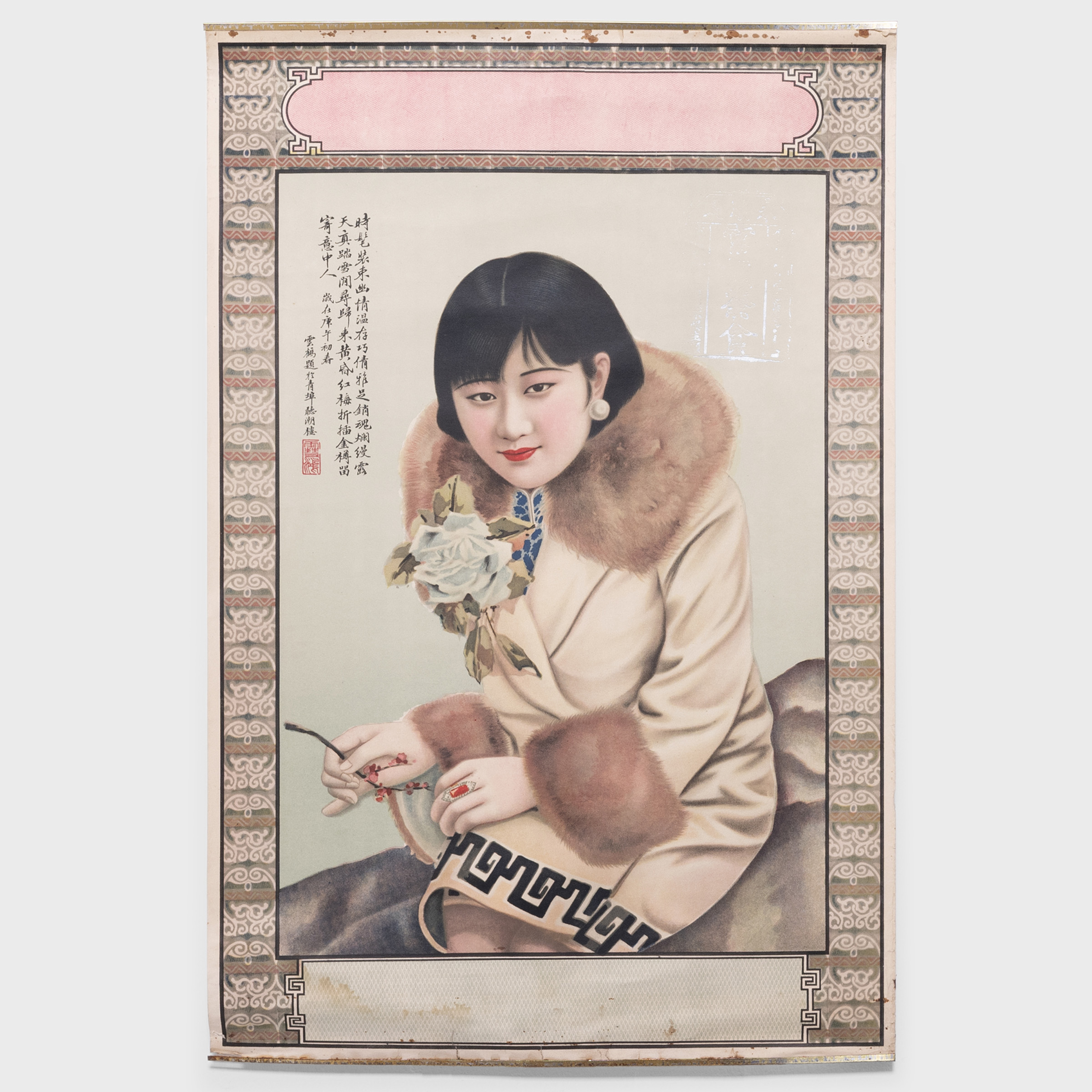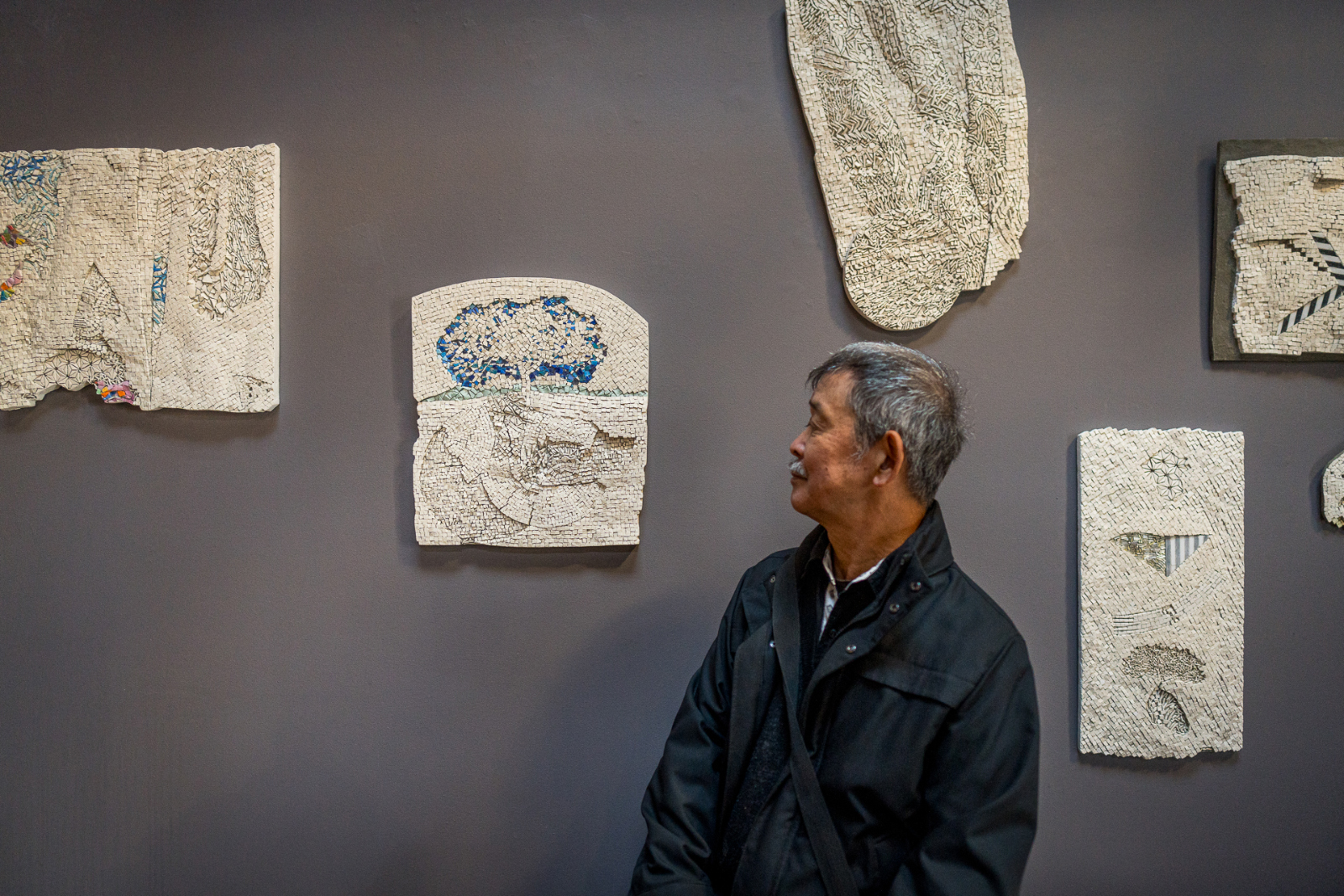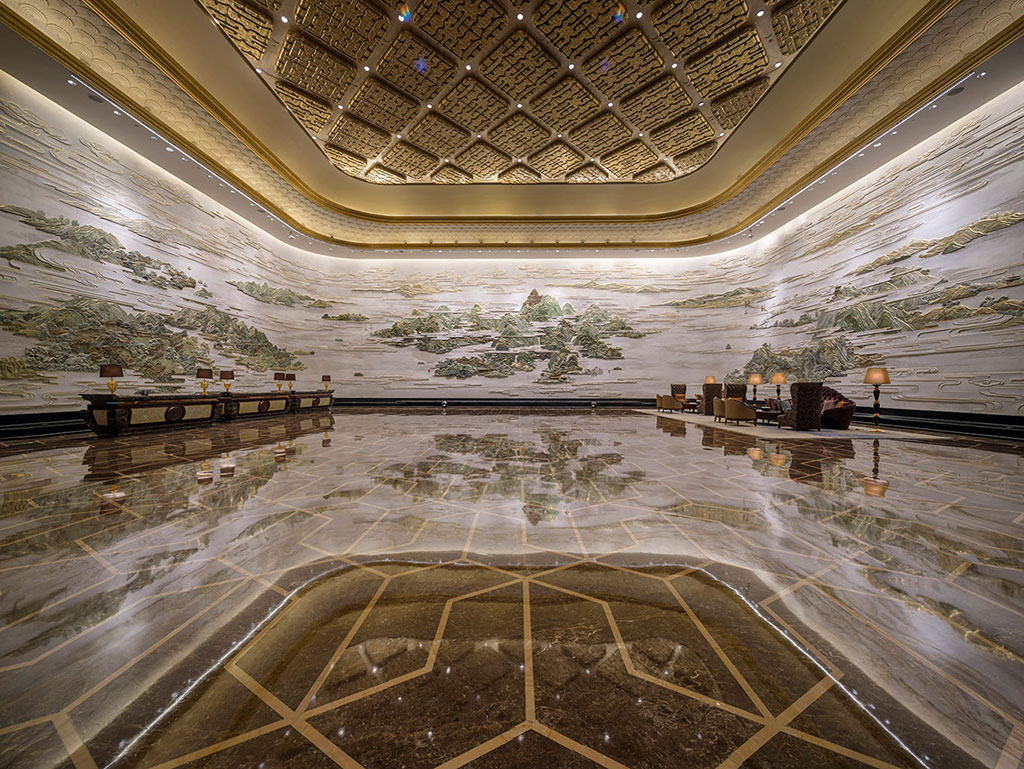
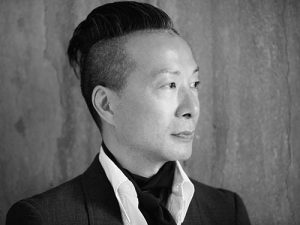 D.B. Kim’s sophisticated, risk-taking designs make lasting first impressions. Designing in-house for Starwood Hotels & Resorts Worldwide or in collaboration with Daroff Design + DDI Architects, Kim has spent nearly two decades updating the look and feel of life outside the home. Recently returned from Beijing after a two-year stint as Vice President of hospitality design for the Wanda Hotel Design & Research Institute, Kim is a travel enthusiast who’s never short on inspiration. Here, he indulges us with design tales – namely the engineering feats required to install one design element at the Wanda Reign hotel in Chengdu.
D.B. Kim’s sophisticated, risk-taking designs make lasting first impressions. Designing in-house for Starwood Hotels & Resorts Worldwide or in collaboration with Daroff Design + DDI Architects, Kim has spent nearly two decades updating the look and feel of life outside the home. Recently returned from Beijing after a two-year stint as Vice President of hospitality design for the Wanda Hotel Design & Research Institute, Kim is a travel enthusiast who’s never short on inspiration. Here, he indulges us with design tales – namely the engineering feats required to install one design element at the Wanda Reign hotel in Chengdu.
PR: We love a list. What are 8 things currently inspiring your work?
- Travels and journeys. My recent trip to Chengdu, Sichuan in China.
- Art and design exhibits. Manus x Machina: Fashion in an Age of Technology at the Met.
- A legendary Beijing Peking Duck place, Lìqún. Established in 1902, it’s in the old Hutong area.
- The bookstore Eslite in Taipei, Taiwan.
- Mies van Der Rohe’s Farnsworth House in Plano, Illinois.
- The endless colors of jade.
- The road to Hana in Maui, Hawaii.
- Rainer Maria Rilke’s Letters to a Young Poet.
PR: How would you describe your personal design style?
DBK: My personal style is almost non-existent. I’m more focused on the context and objectives of guest experiences. If there’s a common language visible throughout my work, it would be subtle layers of comfort. I approach design as a lifestyle, not a reflection of my own personal objectives. Modern living involves layered daily rituals all cross cultures, classes, races, and genders. I emphasize layers of details, whether minimal or maximal. Comfort and quality are extremely important design elements, as are dimensions, materials and colors.
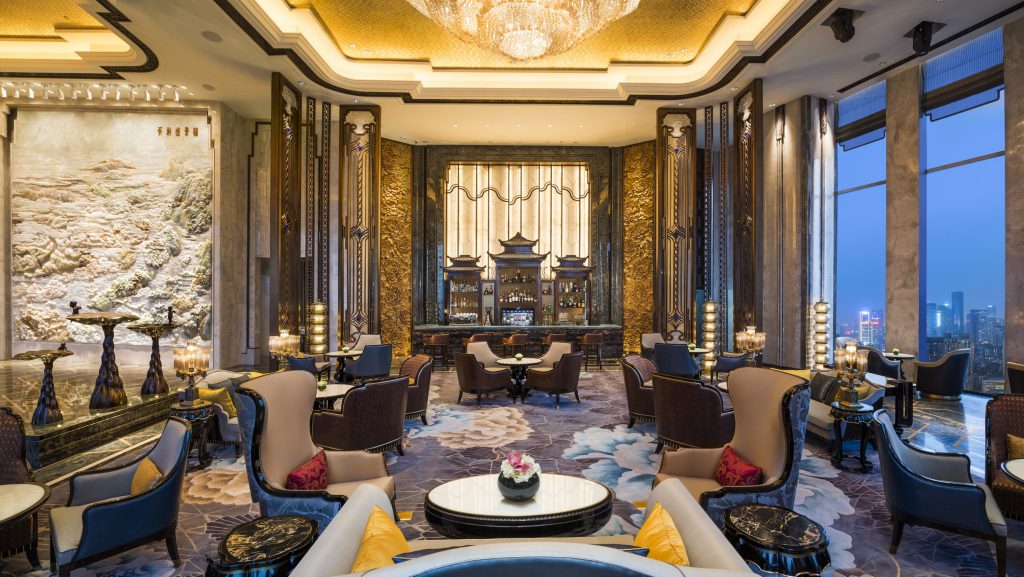
Wanda Reign Hotel, Chengdu, China
PR: Chairs are immensely important in hospitality design. Speak a little about your process for selecting the right kind of seating in commercial spaces. How do traditional Asian chairs enlighten your designs?
DBK: Discovering the right chair requires a lot of considerations: purpose, operational conditions and aesthetic qualities. Thank goodness there are endless options. In a hotel, chairs have to perform multiple functions, and traditional Chinese chairs do that very well. Culturally in China, certain chairs signified one’s privilege and their high-class ranking. As objects and even as sculpture, chairs highlight so much. In their simplicity, we can find diverse details within carvings, insets, lacquer finishes, embellishments and embroidery. These details make it a luxury item that enhances one’s higher levels.
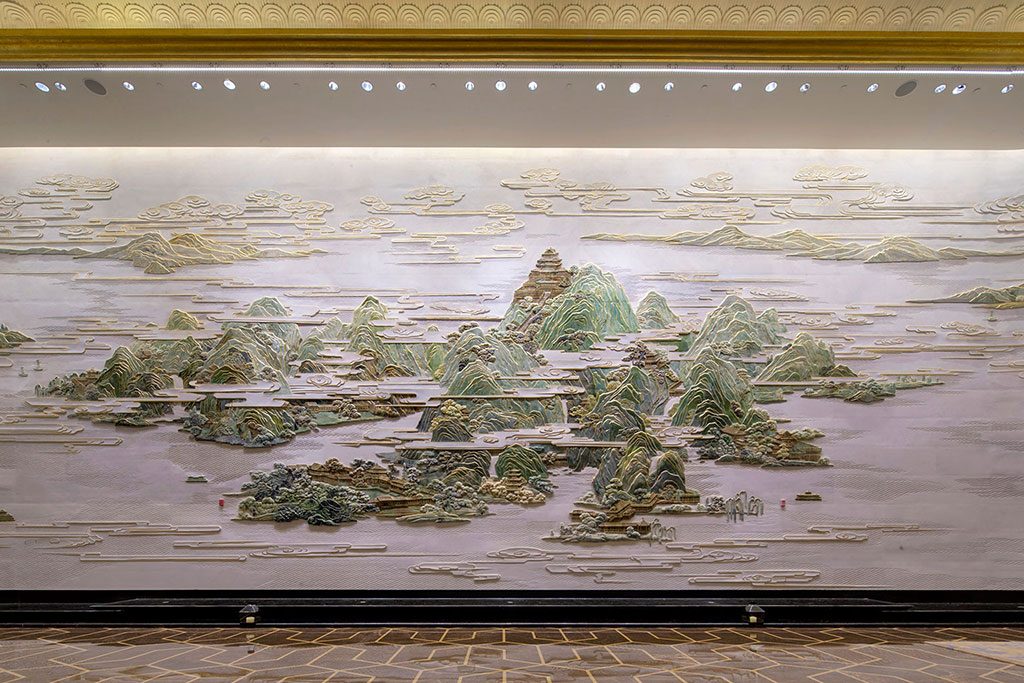
Wanda Reign Hotel, Chengdu, China
PR: Your latest hospitality project is a Wanda Vista Hotel in Chengdu, China, which has a large-scale artistic feature in jade. What were the challenges you faced during that installation?
DBK: It was a technical challenge to figure out how to mount this huge, natural, luxurious product vertically. The space is about three stories high. All buildings move and shift, which can cause cracks in the wall. Precious materials like jade, no doubt, would move with the building. So those kinds of things were a challenge for us. We wanted the audience to see it and say, ‘Wow’ without even thinking about the back-of-the-house engineering: the most challenging part.
Jades are very precious (as they have always been). Traditionally, they were used in small doses, not in such a large, modern scale.
The secondary problem was the lighting. Opposite that jade, there is a floor-to-ceiling glass wall, like you can imagine in any other modern building. A tremendous amount of natural light comes in, and it washes the dramatic contour, the depth of the sculpture and the jade wall. To overcome this, the engineers and lighting designers accentuated the carving and depth of the installation with direct lighting that we could control, just like in a gallery.
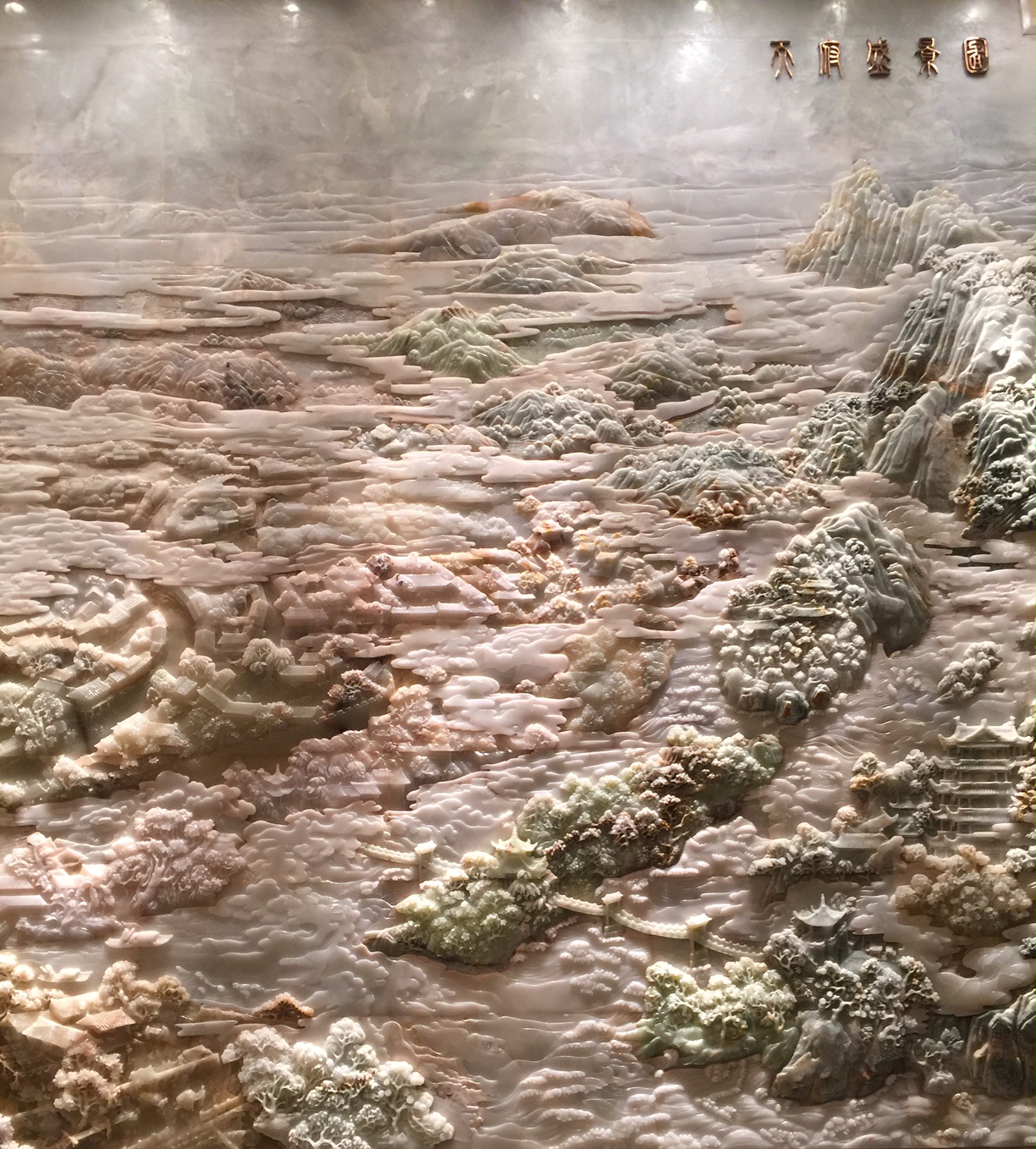
Close-Up of Jade Wall at the Wanda Reign Hotel, Chengdu, China
PR: Why did you select jade?
DBK: Our goal was to educate visitors about the lost craftsmanship of jade carving that dates back many dynasties. I learned that you can’t choose the colors you want. It’s not like glass or paint — it’s a stone. You have to accept the fact that as you carve it, it’s what you get. The process marries the concept with traditional artisanship.
You don’t really know what it will look like until you carve and polish it. The polishing brings out the translucency and color of the true jade. So, we were really taking a risk.
The visual story is the surrounding natural landscape. Through the landscape, we wanted to tell the story of the region’s architectural heritage and reference significant landmarks. It’s a very rich area in the center of Sìchuān. They discovered and developed the finest silks here. Because water is abundant, it’s very agriculturally rich. People who lived here could enjoy their leisure time — they played mahjong, enjoyed their teas. We wanted that sort of thing to come through.
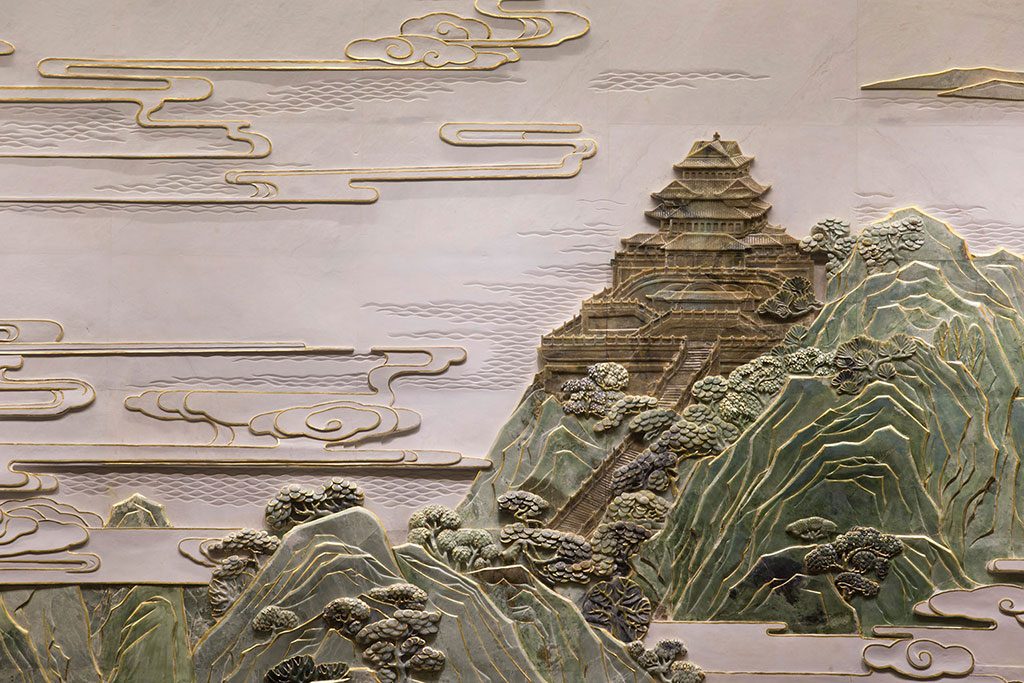
Close-Up of Jade Wall at the Wanda Reign Hotel, Chengdu, China
PR: Can you describe the process of creating these three large panels?
DBK: We made a huge, life-size sketch. We taped up pieces of the drawings and fine-tuned. Then craftsmen made life-size clay models. Once the model was finished, we moved on to the carving process. We were carving it up to the last minute against the wall; you know, polishing, carving, polishing, carving, spraying, dusting — all those painstaking processes. But we moved very swiftly and methodically so that the entire team was in sync – the construction guys, artisans, my design team. The result showcases not only the artisanship, but also the technology and engineering.
The challenge was not to make it look like a postcard or tour guide map. You stand there and say ‘Oh, there’s that building, there’s that river, there’s that mountain.’ But it’s not factual, specific information. It’s artistic.
PR: Wow, that’s beautiful. The landscapes we are seeing on the wall exist in reality?
DBK: Yes, it’s a representation of the region. If this were carved in Chicago, it would show Lake Michigan, rivers, forests and some architecturally significant towers. We didn’t want it to be a tour guide. It’s art. Culturally in China, people are very, very aware of materials. When they hear the word “luxury” that means luxurious materials.

Wanda Reign Hotel, Chengdu, China
PR: How would you suggest making a space unique?
DBK: Emphasize the region you’re in. That’s what makes a place unique. Add to it, make it fresh, enlist technology or engineering. Have a wondrous and grandiose idea, but make sure that comes through realistically and realized. Even during the challenging times, make sure to stay on, don’t be deterred, and don’t compromise. That singular idea will come through, be expressed and translate into something memorable, something that excites the viewer.
You know, people want to stand there [in front of my design work] and take pictures. To me, that’s really a compliment. Everyone wants to capture that moment and remember it and celebrate it. So why not, as a designer, create that platform and environment for whatever the occasion may be — getting married, uniting, or simply having a vacation — something to celebrate?
The luxurious elements and special qualities come in different forms and shapes, from contemporary hotels to traditional hotels. Ultimately, as a hotel designer, I like to tell a story.
Images courtesy of D.B. Kim
